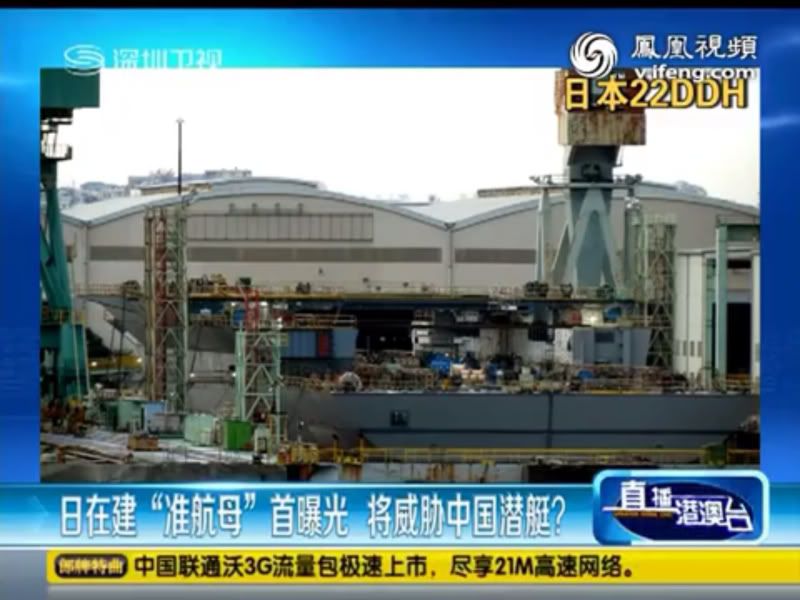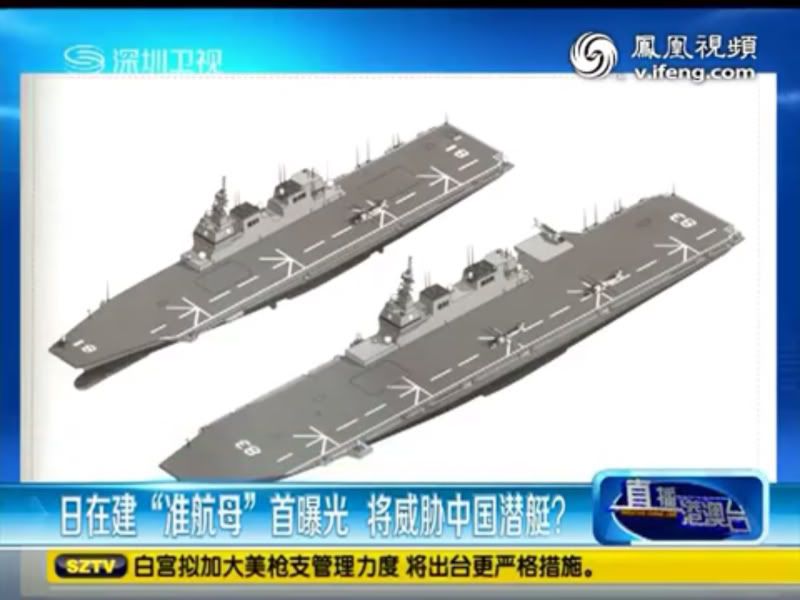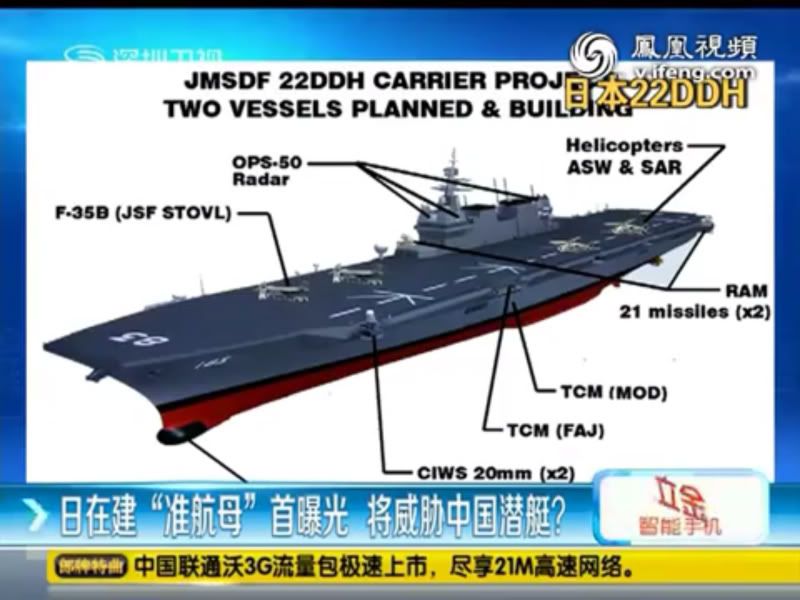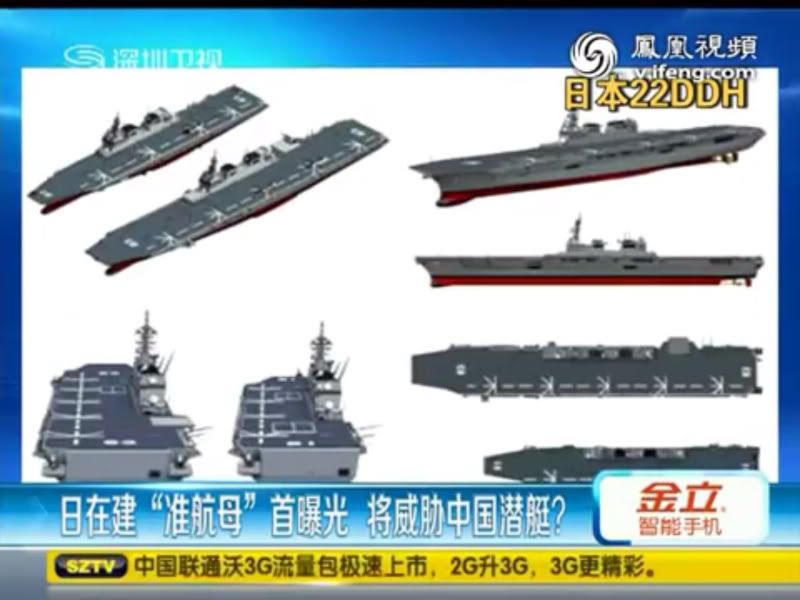The Navy will not ground air wings attached to San Diego aircraft carriers, officials confirmed Wednesday, citing money made available by a stopgap spending bill passed last month by Congress.
It’s a sign that the pressure surrounding military spending is ratcheting down, after lawmakers gave the Pentagon more flexibility in how to deal with $43 billion in automatic budget cuts that kicked in March 1.
The news came just as the carrier Nimitz visited here for what otherwise would have been the final West Coast carrier deployment to dodge the budget ax.
“We believe we're not going to have to drop below 'tactical hard deck' for any of these air wings,” said a Navy official familiar with the plans. “We'll be able to buy back enough readiness.”
Tactical "hard deck" means that air crews fly enough hours to maintain their safety qualifications, but not enough to be fully operational.
An official spokesman for the Naval Air Forces command in Coronado said something similar.
“As resources become available, the air wings previously slated for shut down will be able to operate at least to minimum safe flying levels for the remainder of the year,” Lt. Aaron Kakiel said. “We are still going through what the final readiness level will be for those air wings. Those discussions are still in progress.”
Previously, the Navy said four air wings – including those attached to the San Diego-based carriers Carl Vinson and Ronald Reagan -- would be grounded, with no flying. Two others were slated to be reduced the so-called tactical hard deck.
Now, if those four air wings targeted for grounding maintain some practice it will be faster and easier to get them back to full power when their names pop up on the deployment schedule, officials said.
The Vinson and Reagan, both freshly finished with year-long overhauls, were not expected to deploy until 2014.
“We are confident both air wings will get the training and maintenance they need to meet deployment commitments,” said the Navy official, who wasn't authorized to speak on the record, adding that it's possible those deployments could be delayed.
Under the stopgap funding, the Navy's budget shortfall is about half of what top brass originally anticipated, according to the Navy's top officer, Adm. Jonathan Greenert, in a message to sailors Monday.
A $9 billion hit to the Navy's $49 billion operations and maintenance account has been reduced to about $4.5 billion, he said. “We're in much better shape.”
Greenert said his priorities are scheduled 2013 deployments and then those planned for 2014.
Warnings of drastic cutbacks were common in Washington, D.C., over the past few months as Congress failed to pass a budget or avert the decade-long automatic federal budget cuts known as sequestration.
Peter Daly, the retired three-star admiral who leads the U.S. Naval Institute, agreed that it's a much better story now for the Navy.
“The bottom line is they can fix the most critical and important readiness factors,” Daly said. “Though they are still taking a hit. They are really cranked down on administrative travel and conferences and things like that.”
Now the Nimitz and the Princeton will head out for a final training run off Southern California before deploying for at least six months to the Western Pacific and Arabian Sea.
It's a return to a delayed deployment originally scheduled for January. A malfunctioning cooling pump in the Nimitz’s propulsion system forced the carrier into the maintenance yard late last year.
The Princeton will not come home to San Diego before deploying. The crew said goodbye to loved ones at San Diego Naval Base on Wednesday morning. The Washington state-based Nimitz will stop back briefly later this month before heading westward.
The Nimitz also picked up two North Island Naval Air Station helicopter squadrons, HSM-75 and HSC-6, and a group of C-2 Greyhound carrier on-board delivery planes from VRC-30.
Three San Diego destroyers that left home on schedule in January – the Stockdale, Higgins and William P. Lawrence -- will likely join up with the Nimitz once it is in the Arabian Sea.
The Nimitz visit meant a rare moment for the San Diego skyline: three carriers at North Island piers. At one point in 2010, the Nimitz, the Ronald Reagan and the Carl Vinson were all assigned to San Diego Bay.
Then the Nimitz moved to Washington state, making San Diego a two-carrier town with parking space for three.




